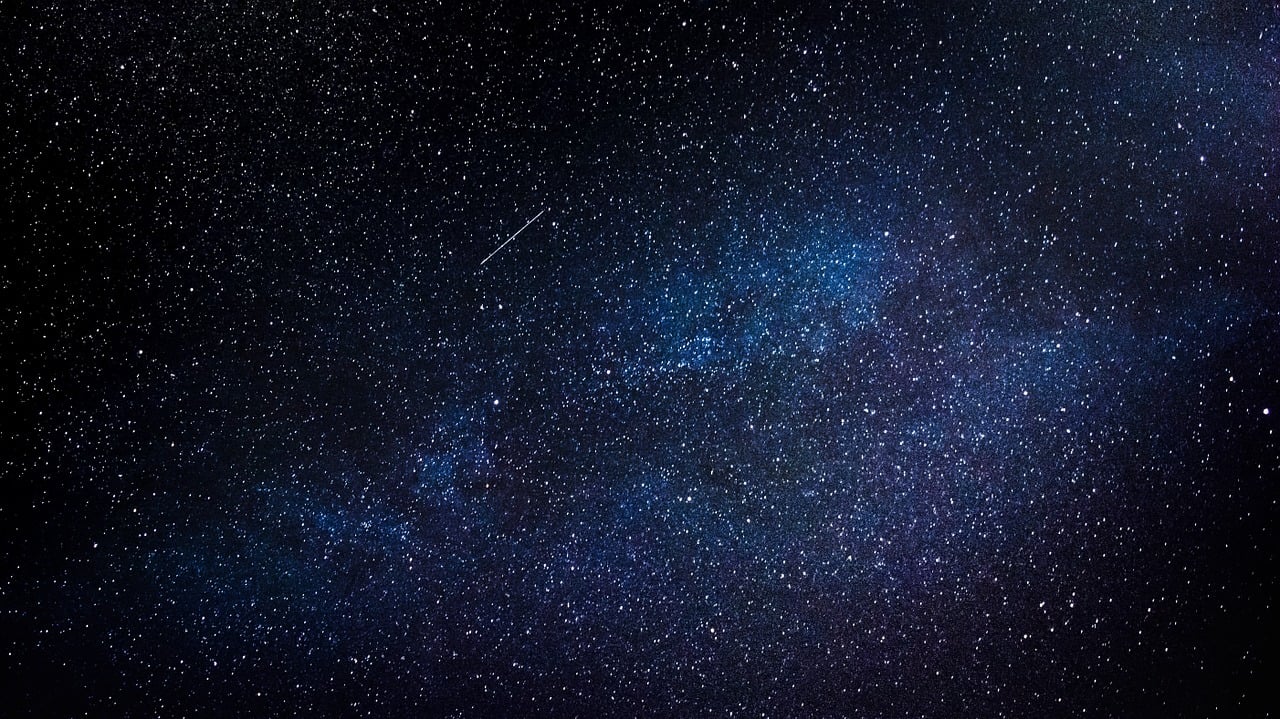The world’s first artificial meteor shower will occur in Japan in spring 2020 – set to be displayed over a 200-kilometer area using 15 to 20 multicolored pellets.
The amazing artificial meteor shower will be displayed in the sky of the Setouchi region – including cities such as Hiroshima, Iwakuni, Takamatsu, and Matsuyama, and will be launched by a microsatellite located around 350 kilometers above ground. As mentioned above, 15 to 20 pellets will be launched – making up an artificial meteor shower of orange, blue, and green shooting stars that will burn for four to five seconds, which is roughly the length of real meteors.
The artificial meteor shower will be carried out by Astro Live Experience, who is currently in the process of developing two 150-pound satellites – valued at around $3 million each. The first satellite is scheduled to launch in 2018 – giving the company ample time to prepare for a 2020 date for the first artificial meteor shower. With the ability to carry up to 400 artificial meteors and stay in orbit for 27 months, the artificial meteor showers should be available pretty much on demand following the launch of the satellites, starting in 2018.
The Astro Live Experience company hopes that in the long term, they’ll be able to send up three separate sets of six-satellite constellations into orbit. Once these satellites are in orbit, they should be able to deliver artificial meteor showers anywhere on Earth at 8 pm, 8:30 pm, and 9 pm during any dark evening – all depending on the preferences of the paying customer.
The payment aspect of the Astro Live Experience is also notable, with a single artificial meteor shower lasting a few seconds costing roughly $40000. The value of such an artificial meteor shower at that price point is up for debate, and it’s safe to say that the average joe won’t be purchasing their own artificial meteor shower anytime soon – but Astro Live Experience is clearly banking on the hopes that certain individuals or organizations will purchase the services for special occasions – such as the 2020 Olympics in Tokyo, for example.
The endeavor to make an artificial meteor shower a reality is being referred to as the Shooting Star Challenge or the Sky Canvas Project – with the companies Family Mart and Japan Airlines acting as the Astro Live Experience partners.
According to the company, the target market for the artificial meteor showers include cities, large companies, amusement parks – and perhaps even the elite few that can afford to drop $40000 on the ocasional meteor shower.
However, while artificial meteor showers may be quite the spectacle to behold, there are some critics in the aerospace industry that aren’t so sure whether the realization of this venture is actually a good idea. According to University of Michigan astronomer Patrick Seitzers, artificial meteor showers could potentially contribute to overcrowding in the low-earth orbit in the next decade – a space that may soon become quite popular as the barrier to getting satellites into outer space becomes lower and lower.
With such a frivolous goal, it’s certainly possible that the artificial meteor showers may be a bad idea, but the company has insisted that the project will be canceled if a meteor shower comes between 200 kilometers of even one satellite.
“We ran a simulation of releasing particles every hour for a year against the catalog and didn’t find any times we came close,” assures Rodenbaugh in a report.
However, moving forward we may start to see the landscape change as companies like SpaceX launch thousands of satellites into the same area that Astro Live Experience intends to occupy. SpaceX has far more resources than this small startup devoted artificial media showers.
We’ll have to wait until we get closer to 2020 in order to understand more about the actual process for bringing these artificial meteor showers to fruition.





